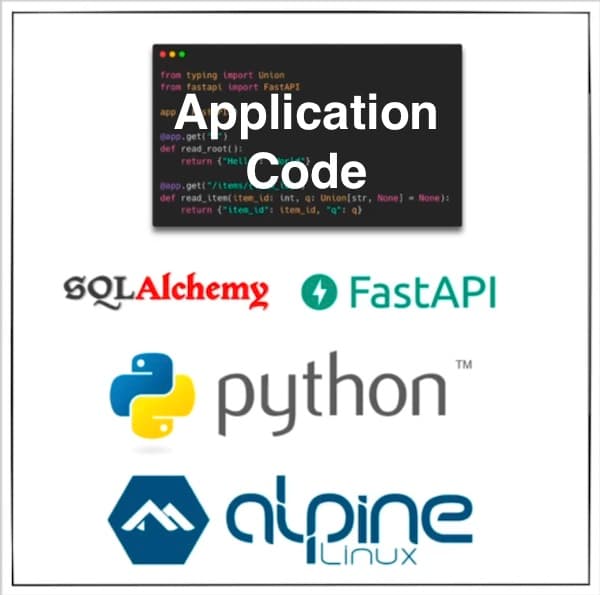1: History and Motivation
Examine the evolution of virtualization technologies from bare metal, virtual machines, and containers and the tradeoffs between them.
2: Technology Overview
Explores the three core Linux features that enable containers to function (cgroups, namespaces, and union filesystems), as well as the architecture of the Docker components.
3: Installation and Set Up
Install and configure Docker Desktop
4: Using 3rd Party Container Images
Use publicly available container images in your developer workflows and learn how about container data persistence.
5: Example Web Application
Building out a realistic microservice application to containerize.
6: Building Container Images
Write and optimize Dockerfiles and build container images for the components of the example web app.
7: Container Registries
Use container registries such as Dockerhub to share and distribute container images.
8: Running Containers
Use Docker and Docker Compose to run the containerized application from Module 5.
9: Container Security
Learn best practices for container image and container runtime security.
10: Interacting with Docker Objects
Explore how to use Docker to interact with containers, container images, volumes, and networks.
11: Development Workflow
Add tooling and configuration to enable improved developer experience when working with containers.
•Developer Experience Wishlist
12: Deploying Containers
Deploy containerized applications to production using a variety of approaches.

What is a Container?
In this section, we discuss what a container is, the difference between a container and a container image, and the Open Container Initiative (OCI) that standardizes container formats.
Container and Container Image
A Docker container image is a lightweight, standalone, executable package of software that includes everything needed to run an application. This package contains:
- Underlying OS dependencies
- Runtime dependencies (e.g., Python runtime)
- Libraries (e.g., SQL Alchemy, FastAPI)
- Application code
A container image is like a class in object-oriented programming, while a container is an instantiation of that class. A container allows us to create one or more standardized copies that are the same every time.

Open Container Initiative (OCI)
The OCI is an industry collaboration that aims to create open standards for container formats. It was founded by companies like Docker, Google, VMware, Microsoft, Dell, IBM, and Oracle. The OCI defines three primary specifications:
- Image Specification: Defines the image's metadata and format, including a serializable file system.
- Runtime Specification: Describes how to run a container using an image adhering to the Image Specification.
- Distribution Specification: Outlines how images should be distributed, such as through registries, pushing, and pulling images.
Docker is a specific implementation of the OCI standard. When referring to Docker images or Docker container images, it means the Docker implementation of the OCI specification.
